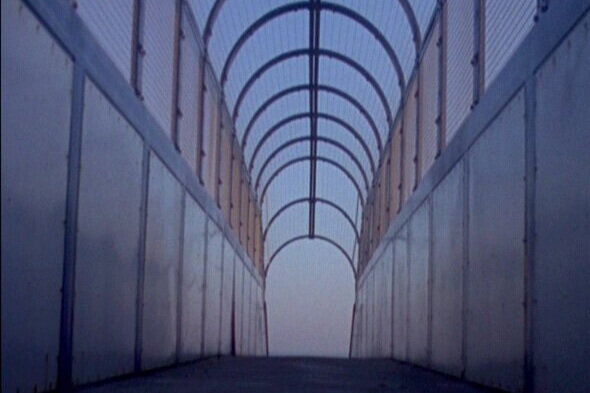Editorial / 02
Spotlight on the Project Art Works Turner Prize 2021 nomination – an in-depth interview with Artistic Director and CEO Kate Adams. By Sonia Boué
This year the Turner Prize nominations have been awarded to five socially engaged art collectives, who’ve been able to continue their work throughout the pandemic, demonstrating their agility and relevance. These extraordinary times have freed the jurors to look beyond the gallery model, which suffered greatly due to prolonged closures. The selectors have thus broken Turner Prize conventions. We’d already begun to fall out of love with prizes that pitch artists against one another, but Covid-19 has required new thinking and a fresh approach. Nominating the Project Art Works (PAW) collective goes further and is boundary breaking.
Jennifer Gilbert (co-founder of Art et al.) and I recently caught up with Kate Adams, Artistic Director and CEO of Project Art Works, to discuss their Turner Prize nomination and find out more about PAW in greater depth. Based in Hastings, PAW is a collective of neurodiverse artists and activists. At the very outset of our conversation Kate mentioned that the collective is still evolving and “morphing more into articulating a collective structure that both enables and protects people.” This support is necessary because within social care people can be faced with adversarial and antipathetic systems, something I hope audiences will understand and relate to. So we were curious to know how the Turner Prize nomination announcement was generally received.
Illuminating the Wilderness film still (Gabby), 2018
Illuminating the Wilderness film still (Gabby), 2018
Kate: “The initial announcement elicited some fantastic responses from people, many of whom we hadn't heard from for a very long time. And there was a general sense of joyous celebration that there was an acknowledgment of neurodiversity, in the nominated artists. It was surprising, but I think the jury were radical and wanting to give a broad cultural message about what the impact of the last year has been on people and communities. I also wondered whether it signaled a sort of existential crisis for the cultural sector as a result of the pandemic.”
Identifying a crisis of purpose feels acute. The pandemic has in effect forced sector hands, accelerating social justice concerns about inequality. As Covid-19 has revealed how simple it is to provide access for disabled people (when the world needs to work online), it has also exposed how easy it is to reward practice which gives direct value to communities outside the gallery. In so doing, marginalised groups can come to the fore. Equality is not difficult or complex, it’s about doing the right thing.
Understanding this background helps explain why Kate is so appreciative of the jury’s selection on the basis of collective practice rather than individual artists this year, and also the preference shown for socially engaged work as distinct from art related to commerce. PAW was founded almost 25 years ago with a clear vision that’s been ambitious for its artists and communities, without being ambitious about its own name or reputation. So for PAW, the nomination is helpful in terms of mission.
Kate: “It gives us an opportunity to do some of the awareness raising work that we've been doing so deeply with organisations for the last decade, you know, kind of fast track that potentially. So we'll see.”
Illuminating the Wilderness film still (Ellen Prebble), 2018
We were also interested in the language used to describe PAW and the supported artists. Had it been a struggle to get critics in the art world to use language that's not outdated or that could be deemed as offensive?
Kate: “If you use the word disability, it's like a sort of genie, that comes out of the bottle and creates a fog of preconceptions between you and an audience, whoever they are.”
PAW is not alone in experimenting with terms - constantly updating and rethinking descriptors around neurodiversity. I think we must own that the complexity of our terminology can be difficult for audiences to understand, though I feel the sector (especially critics) should try harder. The language is misunderstood both grammatically (i.e. incorrect usage) and because it requires a level of knowledge and thought that the general public may often not know about. Taking a cue from Judy Singer, one of the earliest proponents of neurodiversity, Kate is currently experimenting with neurominorities as one of the more apt terms to use in relation to PAW’s supported artists.
Kate: “We need to use these terms, and to articulate to people what they mean, and not actually take it as read that everyone understands them. And I think it's that bridging between articulation, meaning and understanding that's really important in the process.”
Illuminating the Wilderness film still, 2018
It’s an uncomfortable truth that PAW have encountered ableism. Kate believes that PAW will continue to encounter this whatever level of platform the organisation is on. She goes further in critiquing a sense of “intellectual supremacy” as she puts it and suggests that PAW’s vital collaboration with their supported artists can be challenging (perhaps even threatening) for the establishment.
It’s a bit emperor's new clothes, I suggest to Kate in considering this point. What PAW does is to pull the curtain on intellectual supremacy (to adopt Kate’s term) and assert creativity as a core human activity. The authority of the establishment is thus thrown into question. In addition, this neurodiverse practice is highly sophisticated, entirely contrary to perception. PAW has developed an innovative, table-turning practice, but Kate and Jennifer have found that people often still tend to think of studios as day centres! Film is therefore particularly important to the collective in demonstrating how different their work is to the day centre model.
PAW’s practice is embedded in a knowledge base, which has taken many years to accrue, in order to form the necessary relationships with its communities to build this collective. This can be described as the off-camera scaffolding, required to enable PAW artists to fully realise their projects and ambitions. It is work which requires high levels of investment and care.
It’s possible that the Turner Prize shortlist and exhibition will enable PAW to showcase the layers within their practice. Kate would like people to understand the process as practice, and as an artwork in its own right, through the medium of film.
Kate: “The artists are in conversation with materials and media and there is this point of connection, and that can very often be the artwork. That is so missed because it's not something that is recognised as valuable within an artistic context, because it doesn't have a commercial value and it's not easy to talk about it as a process that could be recognised as practice.”
Illuminating the Wilderness film still (Sharif Persaud), 2018
Illuminating the Wilderness film still, 2018
This highlights the need to be willing and able to conceive of and articulate practice in diverse ways, in order to make a proper critique of the work. Revealing and valuing the unseen is another PAW mission, with a view to redefining the current value system. For example, PAW doesn’t take ownership of supported artist’s work or seek to promote it in conventional frameworks of cultural value.
Through its film work, PAW immerses viewers in a unique collaborative neurodiverse universe, and we wanted to learn more about the origins of this practice. This question took us deeper than we expected and reveals the core values within the work. Kate’s experiences as both an artist and a mother have combined to instigate a process of profound investigation beginning at her son Paul’s special school.
Kate: “The core motivation for starting this work was the sense of invisibility. At that point it was just quite a pure search to see if it was possible to take all sorts of different high quality, very responsive materials into a special school and to see what happened. That moment of engagement and experience, and the sense of that essential record of the trace of existence has carried right the way through the practice. It's still where we're at in terms of being so profound and so deeply human, and it's actually what we are all doing as artists.”
What has emerged is a level of attention and accommodation for supported artists that is quite simply exceptional. PAW will work to meet artists 99% of the way, if needed. Researching sensory stimulation therapy for her son Paul, also informed Kate’s practice, and this also helps explain the outstanding quality of the sensory elements of PAW films like Illuminating the Wilderness and her own film in collaboration with Paul, The Not Knowing of Another.
The Not Knowing of Another film still, 2008
The Not Knowing of Another film still, 2008
Following on from such inspiring insights we were keen to know who had most inspired Kate’s practice. Her list included Joseph Beuys for providing a conceptual framework for thinking about art that's open and also revolutionary, and Doris Salcedo for the fundamental humanity of her responses to the tragedy of enforceably disappeared people in Colombia. She also told us about the impact of The Nantes Triptych by Bill Viola, and its real-time footage of birth and death saying, “it’s really difficult to stand up afterwards!” This experience has also influenced Kate to use film to connect with audiences.
Finally, we wanted to know what Kate would like audiences for the Turner Prize to take with them from the works shown by PAW.
Kate: “A change of heart and a sense of what freedom is.”
She would also like to see a greater self-awareness from audiences and a deeper understanding about what it is to live in a neurotypical world if you're not neurotypical.
Her hope is that PAW’s filmic focus on the creative process of its artists will transport audiences beyond thinking about disability and labels. The ability to see artists making, she believes, provides insights that are surprising and exciting, and which subvert preconceptions about what someone is or is not capable of. This is one of the very many reasons she feels film is so vital to the work of the collective.
—
Sonia Boué is a multiform artist. She is also a writer on autism and art, and a leading consultant for neurodiversity in the arts. She has a significant body of postmemory work and pioneers in neuro-inclusive practice-led research. Sonia is also part of Art et al.’s UK steering group.
© Images copyright Project Art Works
Banner image: Detail of Illuminating the Wilderness film still (Ellen Prebble), 2018








